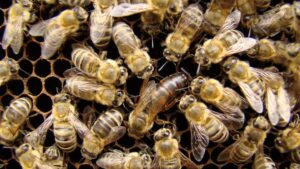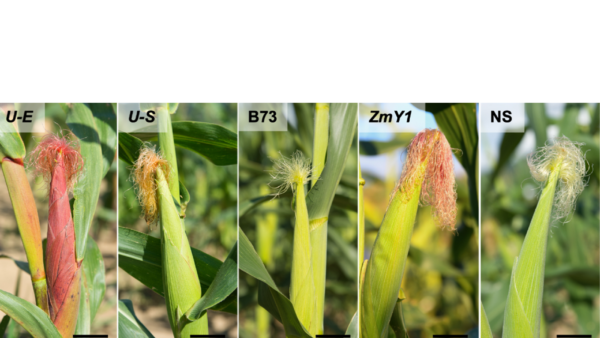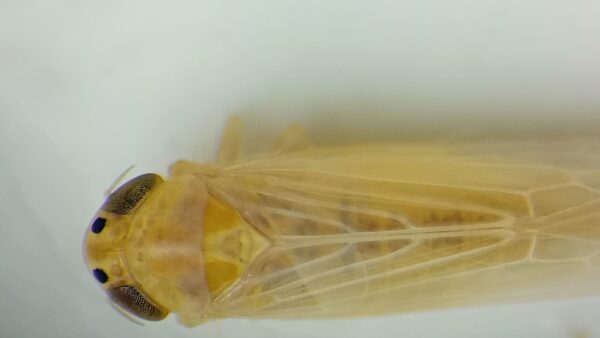The honeybee population appears to have survived the winter in better shape than a year ago, but still faces several significant threats, a Purdue University honeybee specialist says.
After the brutally cold, wet winter of 2013-14 in much of the U.S., observers reported one of the largest bee die-offs ever recorded, with a mortality rate of about 65 percent for Indiana, says Greg Hunt, professor of entomology. Based on his primary investigation and discussions with beekeepers, Hunt estimates this year’s losses at about 29 percent.
“It seems much better than the year before, even though it was another cold winter,” Hunt says.
Honeybees are essential to agriculture because they pollinate food plants such as fruits, nuts and vegetables. According to the U.S. Department of Agriculture, honeybee pollination is worth about $15 billion a year in crop production.
But the honeybee population has been declining for years, with the U.S. losing about one-third of its hives annually, Hunt says. Experts estimate the number of honeybee colonies in the U.S. dropped from about 4 million in the 1970s to about 2.5 million now.
The reasons for the bees’ decline aren’t entirely clear, Hunt says, although there are likely a number of contributing factors, including neonicotinoid insecticides.
Especially baffling is a phenomenon known as colony collapse disorder, when adult worker bees disappear from their hives for no apparent reason, leaving the immature bees in the colony to starve. The Varroa mite is also a factor, he notes.
More information is available at: http://www.purdue.edu/newsroom/releases/2015/Q2/honeybee-die-off-less-severe-this-year-.html












